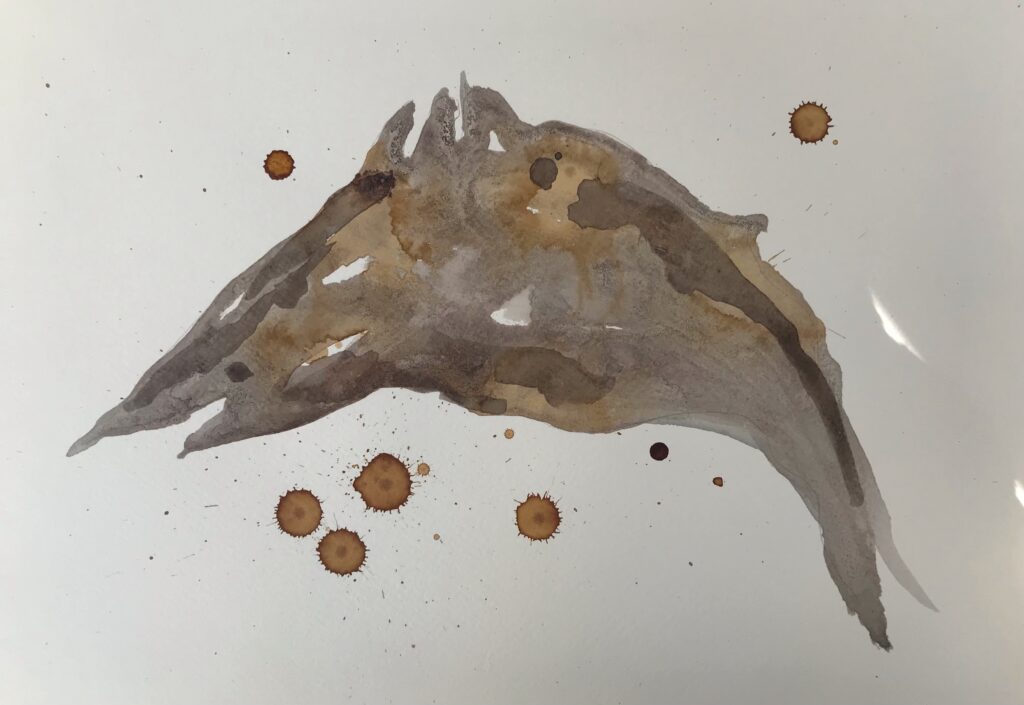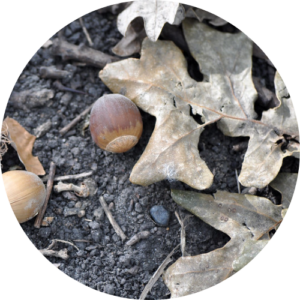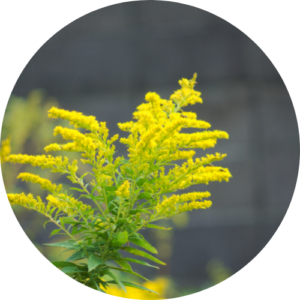Our Living Waters is incorporating art into virtual events by inviting artists to participate at some of our Member Meetups. This focus on The Art of Water aims to: highlight effective ways of driving change; honour the sacredness of water; and centre on Right Relations with Indigenous Peoples and waters in Canada.
Betty Carpick’s interdisciplinary and intergenerational art practice is shaped by her Cree and eastern European ancestry and her family’s lived experiences with permanent watershed devastation in northern Manitoba. Her land-based practice amplifies the ways art can be used as a bridge to hold conversations on caring for water and the living planet.
Betty shared a piece of her art with us at the June 29th OLW Member’s Meetup. Participants knew nothing about the image before reflecting about it in small groups. Betty asked us to think about how this piece of art could influence our relationship with water, and to guess what she used to make the art materials. Did she use coffee, mud… earth?!

Here’s Betty’s story about the piece. (Note: I have edited the text for length and clarity in written form, but kept the essence of the words Betty spoke.)
“In my land-based practice, I focus on how I use materials and gather them. I get around by walking and riding my bike, so my circle of gathering and being by water is intimate. I made plant-based living inks for this particular work, which is Gichigamiing (Lake Superior). I think the shape of Gichigamiing is a kind of living embodiment. [As an aside, Betty is inspired by depicting Gichigamiing in multiple ways; she’s even produced a postage stamp of the lake to inspire people to speak on behalf of the lake.]
Water is featured in each of the four inks:

The first ink was Chaga, a fungus that grows on birch trees. The forest needs the chaga to thrive. This ink was made with water from Gichigamiing (Lake Superior).

The second ink was made two years ago from Blueberry. 2021 was so dry with the heat dome that the usually abundant blueberries were scarce. I made that ink with Rainwater, an interesting coincidence, and the vibrancy changed over time. It’s a precious colour and became more rare because I wasn’t able to make a fresh batch.

| The third ink was made from Oak Acorn Caps. Thunder Bay is at a trifecta of the Boreal Forest, Lake Superior and the Carolinian Zone forest. Here, the oaks have tiny acorns about the size of a baby fingernail, which required some meticulous work to remove the caps. It was winter, so I melted Snow for the ink. |

Finally, the fourth ink was from Goldenrod, and I used Creek Water.
My inks are quite intimate. I’m not interested in selling them. As you place the ink on the paper, it responds and moves around like water. There are little rivulets, it gathers in some spots and then the colour changes as it dries. This is an animated way to experience a medium.
I know we always think water is blue, but water is not really blue. Think about water at different times of the day, in relation to the sun or the moon, and you can see all colours in the lake.
And finally, everyone is always asking me: how long will this ink piece I make last? I frankly don’t care. I care more about how we can make our planet sustainable and livable for everybody all around the world.”
To listen to Betty’s own voice in describing her art and relationship with water, take a look at the recording below. You’ll also hear about her circular map of Thunder Bay’s waterways, created in collaboration with community members. You can see this textile piece in the header photo for this story and on her social media pages (FB, IG, TW).
Stay tuned for more Art of Water stories, including artist participation at Meetups and Network members’ activities!